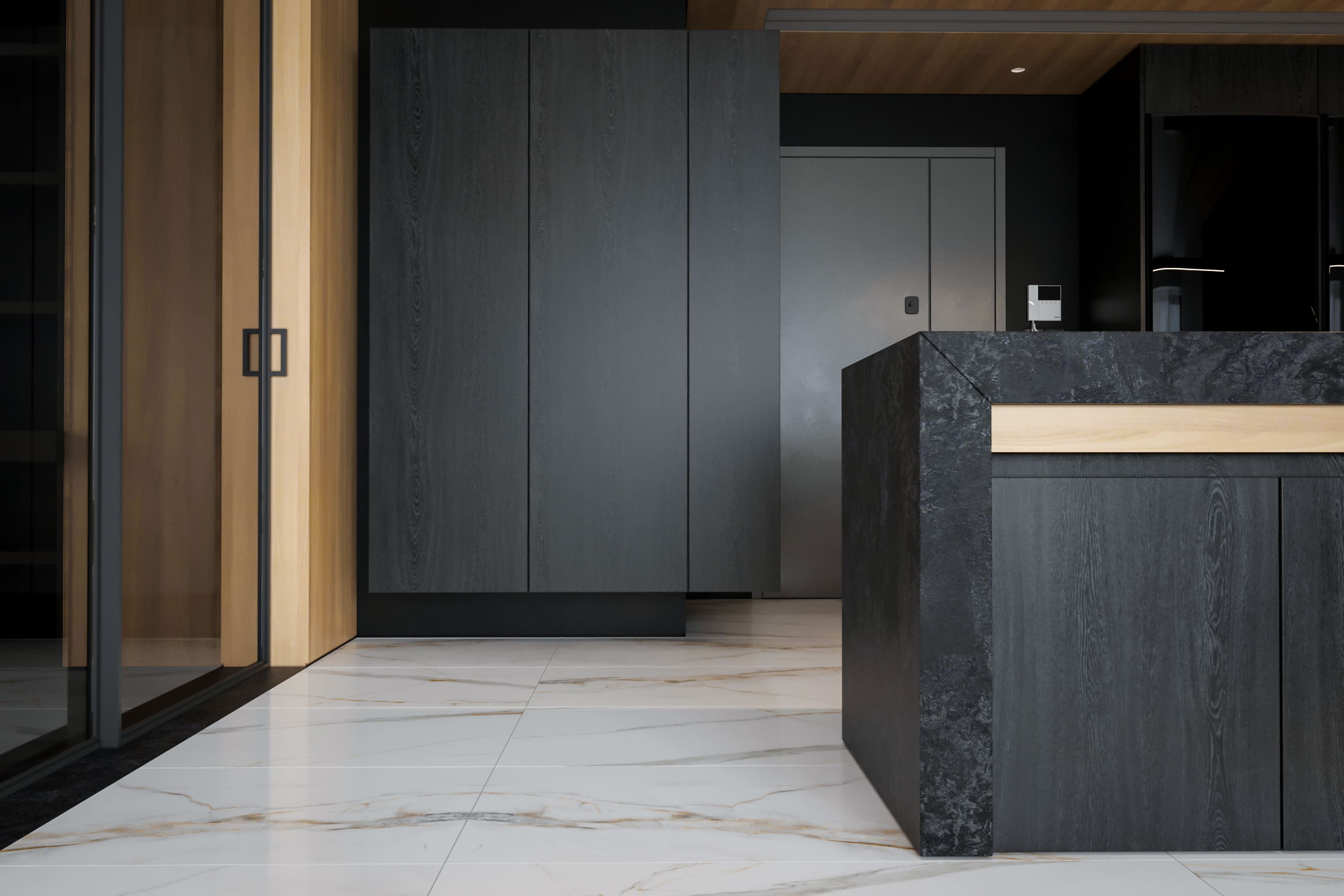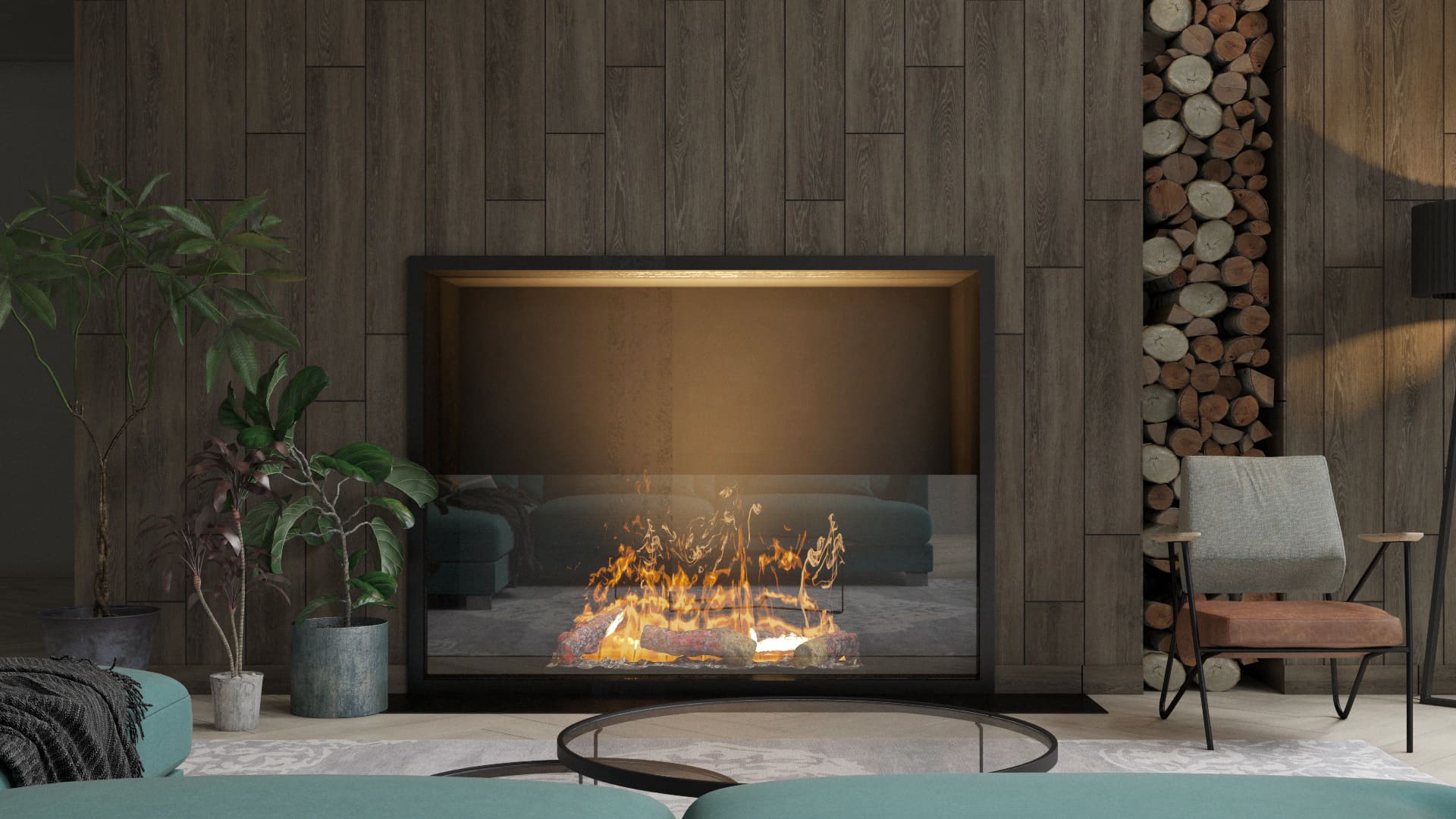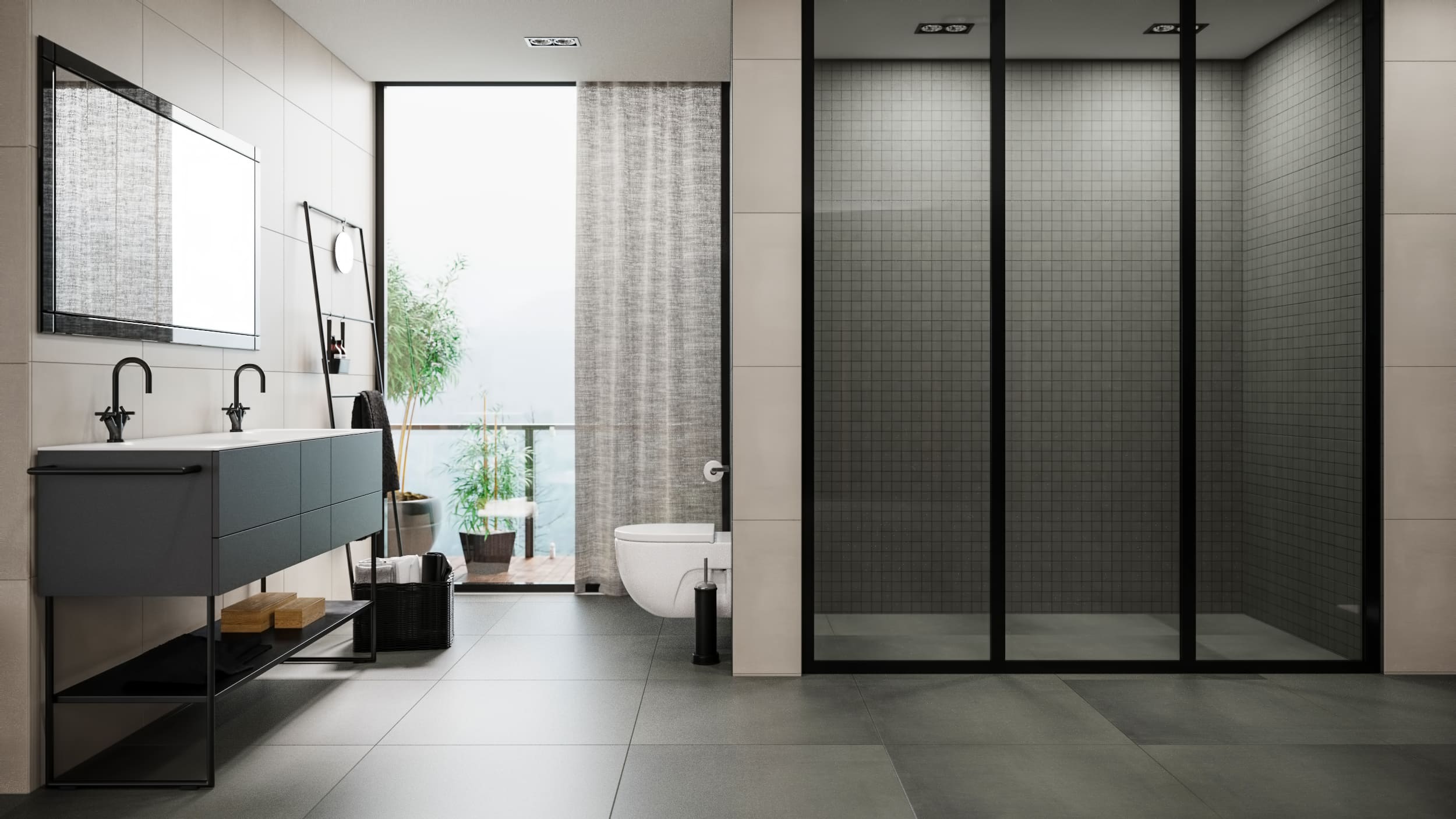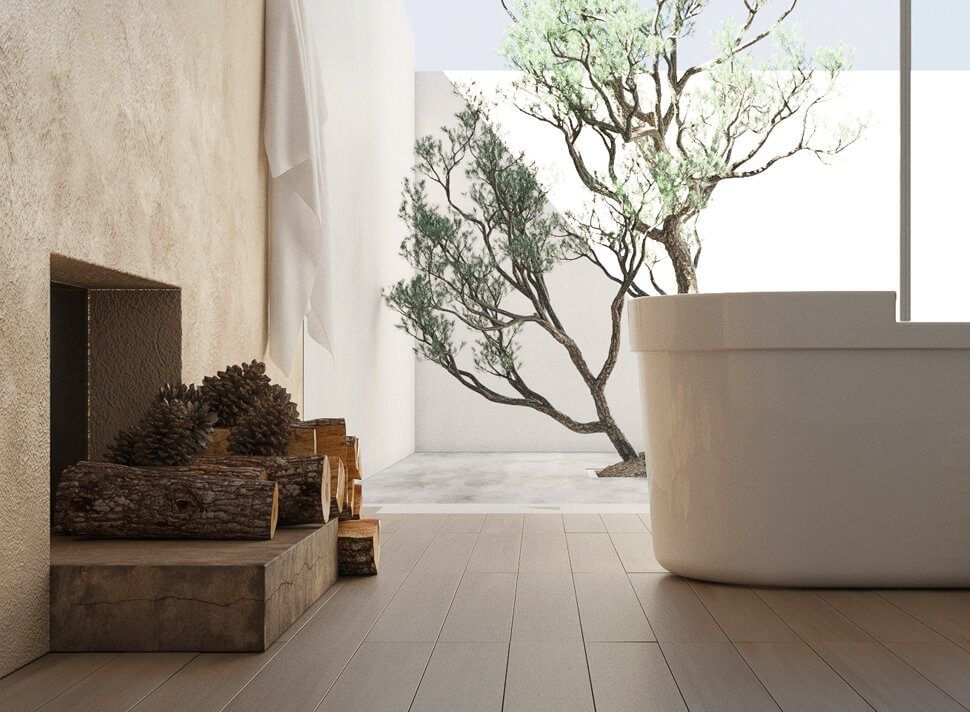Creating Stunning HD Images of Your Interior Design Renderings: Mastering Lighting and Effects
In interior design, the ability to present your ideas visually is paramount. Whether you're an interior designer, architect, or passionate enthusiast, showcasing your design concepts through high-quality images can make all the difference in conveying your vision. With advancements in technology, rendering software, and lighting techniques, it's now possible to create incredible HD images of your interior design renderings that truly bring your ideas to life. In this article, we'll delve into the art of crafting captivating interior design images by harnessing the power of different lighting and effects.
Section 1: The Importance of High-Quality Images in Interior Design
Before diving into the nitty-gritty of creating stunning images, let's first explore why high-quality images are crucial in interior design. In an era dominated by visual content, the ability to present your creations in the best possible light is essential. High-quality images help you communicate your ideas effectively and leave a lasting impression on clients, collaborators, and potential investors. In a single glance, a well-crafted image can convey a space's mood, style, and functionality, allowing stakeholders to visualize the result and make informed decisions.

Image from Yousee Studio
Section 2: Mastering the Basics of Rendering Software
You need to start with the right tools to create exceptional interior design images. Modern rendering software has revolutionized the way designers bring their ideas to life. Programs like Blender, 3ds Max, SketchUp, and V-Ray offer a range of features that empower designers to control lighting, materials, textures, and effects with precision. Learning the basics of these tools is crucial for achieving realistic and stunning results. Utilize online tutorials, forums, and official documentation to understand the capabilities of your chosen software and explore various rendering settings.
Section 3: Setting the Stage with Lighting Techniques
Lighting is arguably the most critical element in creating compelling interior design images. Proper lighting can transform a space, evoke emotions, and highlight architectural features. There are several lighting techniques to consider:
- Natural lighting creates a sense of authenticity and warmth in your interior images. Simulating the play of sunlight through windows or openings can bring out the texture of materials and create soft shadows that add depth and realism.
- Ambient lighting provides a base level of illumination to your scene. It ensures no area is in complete darkness, allowing viewers to appreciate the overall layout and design. Experiment with different color temperatures to set the mood of the space.
- Accent lighting draws attention to specific elements in your design, such as artwork, sculptures, or architectural details. It adds visual interest and guides the viewer's eye through the composition.
- Task lighting emphasizes functionality by illuminating areas where specific activities occur. Whether it's a well-lit kitchen countertop or a reading nook, task lighting helps convey the practicality of your design.
Section 4: Harnessing the Power of Effects
While lighting lays the foundation for your interior design images, effects add the finishing touch that elevates your visuals to the next level. Effects can evoke emotions, highlight specific aspects of your design, and contribute to the overall atmosphere of the scene.
- Depth of field mimics the behavior of camera lenses, allowing you to control which parts of the image are in focus and which are blurred. This technique can direct the viewer's attention to a particular focal point, creating a sense of realism and immersion.
- Refraction Utilizing reflection and refraction effects can showcase the interplay of light on different surfaces, such as glass, water, or mirrors. These effects add complexity and interest to your images by showcasing how light interacts with materials.
- Bloom and glare effects simulate how light scatters and creates halos around bright sources. These effects can convey a sense of warmth, add a dreamy quality, or emphasize the intensity of light sources.

Image from Yousee Studio
Section 5: Post-Processing Techniques for Polished Results
After rendering your interior design images, post-processing can provide the final polish that makes your visuals stand out. Software like Adobe Photoshop or Lightroom offers a range of tools to enhance colors, adjust contrast, remove imperfections, and add subtle filters for a consistent and professional look.
In the next part of this article, we will delve deeper into specific lighting setups, advanced effects, and post-processing tips to help you create amazing HD images of your interior design renderings that captivate and impress. Stay tuned for insights that will take your visualization skills to the next level and help you showcase your design concepts in the best possible light.
Section 6: Fine-Tuning Lighting Setups for Different Spaces
Creating stunning HD images of interior design renderings requires tailoring your lighting setups to suit the specific characteristics of different spaces. Let's explore some common areas and how to approach their lighting:
- Living rooms and lounges often serve as the heart of a home, where comfort and relaxation are key. Consider combining natural and ambient lighting to create a warm and inviting atmosphere. Experiment with soft shadows to emphasize the cozy elements of the space, such as cushions, rugs, and seating arrangements.
- Kitchens demand functional and practical lighting solutions. Task lighting is essential here, especially over countertops, islands, and cooking areas. Combine task lighting with ambient lighting to ensure a well-lit space that is visually appealing and conducive to food preparation.
- Bedrooms require a balance between soft, ambient lighting for relaxation and focused lighting for specific tasks such as reading. Implement dimmable lights or multiple light sources to achieve various moods. Highlighting the headboard or artwork can add visual interest to the room.
- Bathrooms benefit from a combination of bright, white lighting for grooming and softer ambient lighting for a spa-like atmosphere. Pay attention to mirror lighting to eliminate shadows on the face, and consider adding subtle effects to mimic how light interacts with water and glass surfaces.
Section 7: Advanced Effects for Visual Impact
While mastering basic lighting techniques is essential, incorporating advanced effects can genuinely set your interior design images apart:
- Caustics simulate the patterns of light refracted through transparent or translucent materials, such as water or glass. Implementing caustics adds sophistication and realism to your scenes, especially with elements like swimming pools or glass partitions.
- Global Illumination (GI) accounts for indirect lighting, bouncing light off surfaces to create soft and realistic shadows. GI produces more accurate and dynamic lighting, enhancing the believability of your interior renderings.
- Subsurface scattering is particularly useful for materials that are semi-transparent or have a certain level of transparency, such as marble, skin, or fabric. This effect replicates how light penetrates and scatters within the material, resulting in a more natural appearance.
Section 8: Mastering Post-Processing for Flawless Images
Post-processing is the final step in refining your interior design images to perfection:
- Color Correction and Balance: Use color correction to ensure an accurate representation of materials and lighting conditions. Adjust color temperatures to match the mood and style of the space.
- Enhance contrast to make your images visually appealing. Adjust the highlights and shadows to achieve a balanced composition.
- Apply lens effects such as vignetting, lens flares, or chromatic aberrations sparingly to add a touch of realism and artistic flair.
- Adding Depth and Atmosphere: Use post-processing techniques to add depth and atmosphere to your images. Adjusting the depth of field, adding haze, or adjusting the saturation can create a sense of realism and immersion.

Image from Yousee Studio
In Conclusion:
Creating amazing HD images of your interior design renderings requires a combination of technical expertise, artistic sensibility, and attention to detail. By mastering different lighting techniques, harnessing the power of effects, and applying post-processing finesse, you can transform your designs into captivating visuals that resonate with clients, collaborators, and viewers alike. Experimentation, practice, and continuous learning will help you refine your skills and elevate your interior design visualization to new heights.
In this article, we've covered the fundamentals of crafting stunning interior design images through the interplay of lighting and effects. From setting the stage with lighting techniques to adding the finishing touches with advanced products and post-processing, you now have the tools to create exceptional visuals that bring your design concepts to life.
Contact us at YouSee Studio for captivating 3D renderings and immersive virtual experiences.
Ray Lisbon is a content writer and the author of this article.



